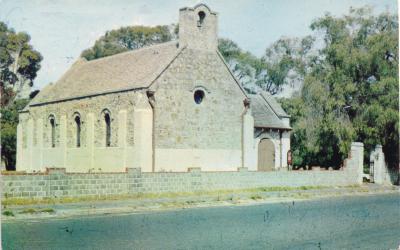Bronze Boat Propeller
3 bladed, heavy, bronze boat propeller also known as a "screw"
The design of propellers can actually be traced back to the design of the screw, due to their similarities and the screw was invented by Archytas of Tarentum, who died in 350 B.C. In the mid-1400s, Leonardo DaVinci drew up the first design of a helicopter, which utilized a rotating screw design. Despite much experimentation with screw propulsion before the 1830s, little got to the testing stage, and the ones that did proved unsatisfactory for one reason or another.
In 1835, two inventors in Britain, John Ericsson and Francis Pettit Smith, began working separately on the problem. Smith was first to take out a screw propeller patent on 31 May, while Ericsson, a gifted Swedish engineer then working in Britain, filed his patent six weeks later. Whilst both inventors struggled to get acceptance for screw propulsion on the seas, they persevered and by the 1880s screw propulsion had become main stream.
Details
Details
A propeller, colloquially often called a screw, is a device with a rotating hub and radiating blades that are set at a pitch to form a helical spiral which, when rotated, exerts linear thrust upon a working fluid such as water or air.
Other items from Busselton Historical Society
- Rope Handle on Wooden Wedge
- Copper and Brass Light
- Postcard - St Mary's Church of England
- Steamer Trunk
- Hempite Steamer Trunk
- Cast Iron Thimble
- Wooden Rigging Pulley
- Flensing Hook and Chopper
- WW2 Life Jacket
- Framed picture - "Merchantman Steamer" in Oils and Carved Relief
- Art Print - "View of the Vasse Jetty from the Sea" by Sam Wheeler
- Whalebone Floor Paver
Scan this QR code to open this page on your phone ->

